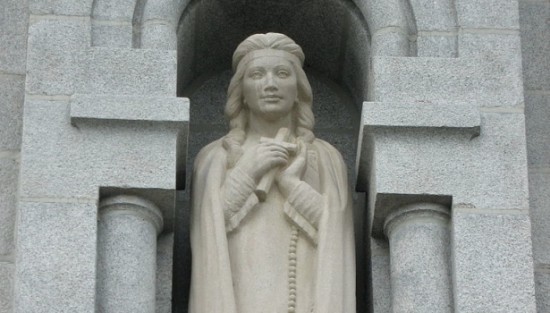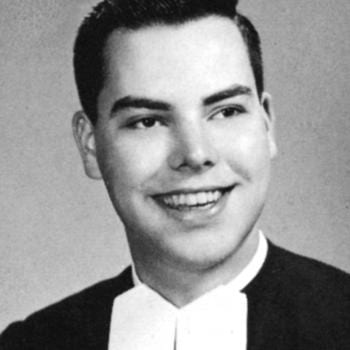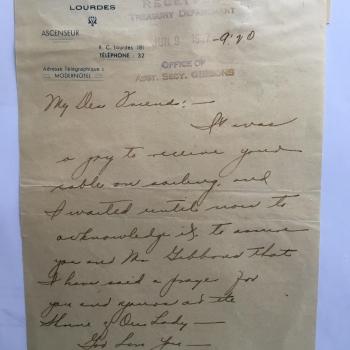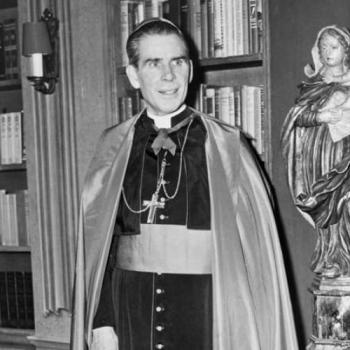This will be big news, especially in my neck of the woods.
Blessed Kateri was a New Yorker — okay, she was from upstate — but a small statue of her is prominent in the raredos behind our altar in Queens. (That’s particularly unusual, because our church was dedicated in 1940, three years before she was declared “venerable.”) I have to wonder: how long until girls begin choosing “Kateri” for their confirmation name? (Or have they already started? I haven’t seen it at my parish, but we had a sudden surge of “Pios” when he was canonized…)
The Vatican today announced that the Mohawk-Algonquin woman born in 1656 and known as Kateri Tekakwitha has been deemed worthy of sainthood by the Pope.
Pope Benedict XVI has signed the decree recognizing a miracle performed by Kateri, and she will therefore be canonized at a ceremony sometime in the future.
According to the biography at katerishrine.com, Kateri’s father was a Mohawk chief and her mother was Algonquin (Catholic News Service specifies that her mother was also a Christian); her parents and brother died of smallpox when she was four, and the disease left her with facial disfigurements and impaired vision. She was consequently given the name “Tekakwitha,” which means “she who bumps into things.” Her uncle, who was chief of the Turtle Clan of Mohawks, adopted her. Though he is described as “bitterly opposed to Christianity,” he eventually relented, and Kateri was baptized in 1676 at the age of 20. She died four years later. The name “Kateri” is a derivation of Catherine, taken at her baptism, according to Wikipedia, as a tribute to Catherine of Siena.
Also according to Wikipedia, the process of Kateri’s canonization began in 1884; Pope Pius XII declared her venerable in 1943, and Pope John Paul II beatified her in 1980. She was at that time the first American Indian to be beatified.
Earlier this year, a segment on NPR looked at the process of certifying Kateri’s miracle, which was then underway. Young Jake Finkbonner of Ferndale, Washington, had become afflicted with the flesh-eating bacterium strep. It was consuming his face, and he was expected to die—in fact, a Catholic priest had administered last rites. Meanwhile, a grassroots prayer campaign had started, and children across the country were praying for Kateri to save Jake, who is of Lummi descent. Kateri was chosen because, as the story goes, her facial disfigurements healed upon her death. Jake’s priest, Reverend Tim Sauer, explained that the affinities between Jake and Kateri made her a logical choice. “No. 1, we’re talking about two young people,” Sauer told NPR. “No. 2, we’re talking about two people who come from Native American ancestry. And No. 3, we’re talking about a person who herself suffered from a disease that disfigured her face.” After Jake defied all doctors’ predictions and survived, the Catholic Church initiated the process of certifying his recovery as a miracle caused by Kateri’s closeness to God.
And CNS has details about other saints who will soon be joining the calendar.












